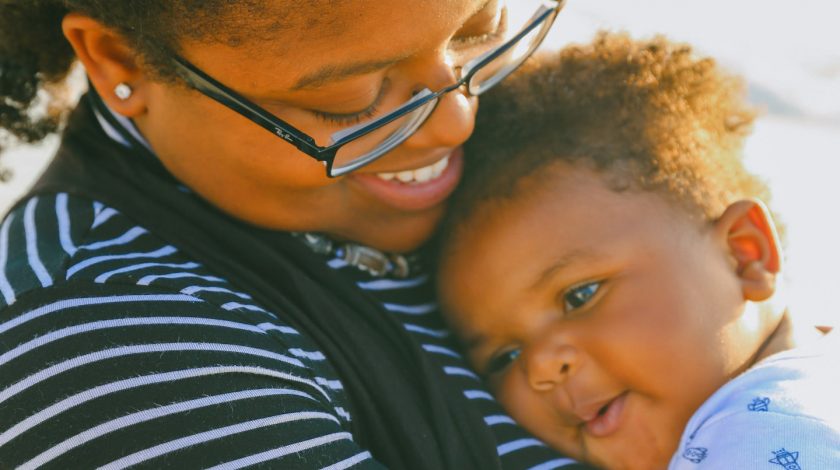What is positive attention?
Positive attention is the way you show delight in your child and warmth in your relationship through:
- smiling at your child
- making eye contact and using caring facial expressions
- showing physical affection – for example, hugging your child
- using words to celebrate and encourage your child
- showing interest in your child’s interests, activities and achievements.
Why positive attention is important
From birth, children need experiences and relationships that show them they’re valued, capable human beings who bring pleasure to others. Positive attention, reactions and responses from key grown-ups help children build a picture of how valued they are.
Your child’s self-image builds up over time with positive, loving messages from you and other important people in your child’s life. A healthy self-image is very important, not only for your child’s relationship with others, but also for your child’s confidence as they learn about the world.
Your child’s feelings of security and safety come from responsive interactions with you and other carers. If you smile at your child when they look towards you, or reassure your child when they’re frightened or uncertain, your child will feel safe and secure. This gives your child confidence as they explore their world.
How to show positive attention:
There are many ways to give your child positive attention. Daily activities like changing a nappy, supervising a bath or walking to school let you connect with your child in meaningful ways. For example, you can give positive attention by cuddling and tickling your toddler while you’re drying them after a bath. Or you can sit with your arm around your child while you watch television together.
No matter what your child’s age, there are simple things you can do every day to send the message that your child is special and important. For example:
- Look at your child and smile.
- Show interest in what your child is doing – ask your child to tell you about it if they can.
- Pay attention and listen closely when your child talks to you.
- Create some special family rituals you can share together.
- Make time to be with your child, doing things you enjoy together.
- Praise your child when they try out a new skill or make an effort with something – for example, ‘That’s a really beautiful drawing! Where did you learn to use shading like that?’
There are also ways you can show positive attention to children of different ages.
Newborns and babies: positive attention tips
Even before babies can understand and use words, they respond to your tone of voice, gestures, facial expressions and body language.
Here are ways to give your baby positive attention:
- Smile when your baby smiles at you.
- Comfort your baby when they cry.
- Respond to the sounds your baby makes by saying something in return.
- Chat about what’s going on around the two of you.
- Notice what your baby is interested in and encourage baby to explore – for example, show baby how to shake a colourful rattle that has caught their eye.
Toddlers: positive attention tips
As children get older, they understand more of what you say, as well as how you say it. Here are some tips for positive attention at this age:
- Get into the moment with your child. This could be as simple as crouching down to look at a caterpillar together.
- When you’re talking together, leave time after you talk so your child can reply.
- When you’re playing with your child, comment on what your child is doing, without correcting them or trying to get them to do something differently – for example, ‘Wow, that’s a very tall tower! I wonder how many more blocks before it falls down’.
- Tell your child exactly what you like about what they’re doing. For example, ‘I love it when you help to pick up the blocks’.
Preschoolers: positive attention tips
There are so many ways you can give your preschooler positive attention as they learn about the world. For example:
- Make time to do your child’s favourite activities together – for example, jigsaws, Lego, painting and so on.
- Remember to smile and make eye contact with your child when you greet them in the morning – perhaps even take a moment for a special cuddle.
- Show your child you’re happy to see them after child care or preschool. Tell your child that you missed them, or give hugs and high fives.

